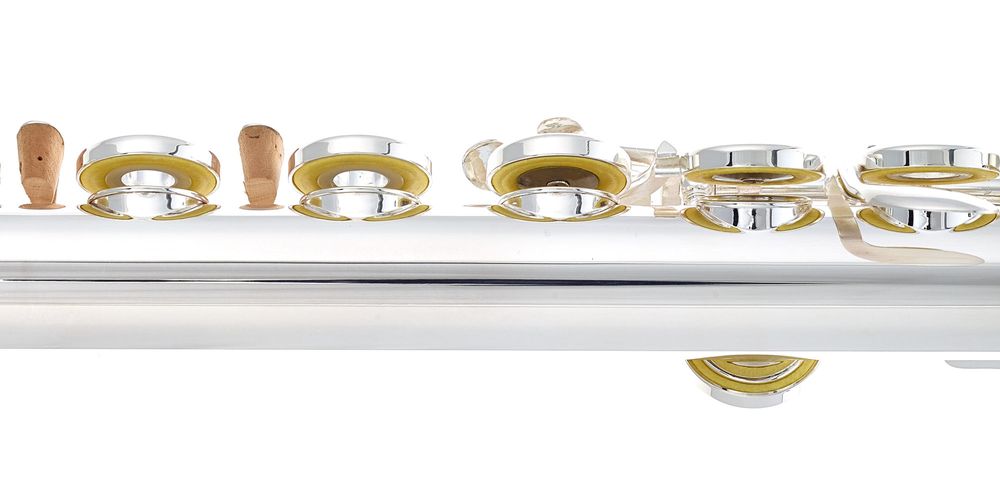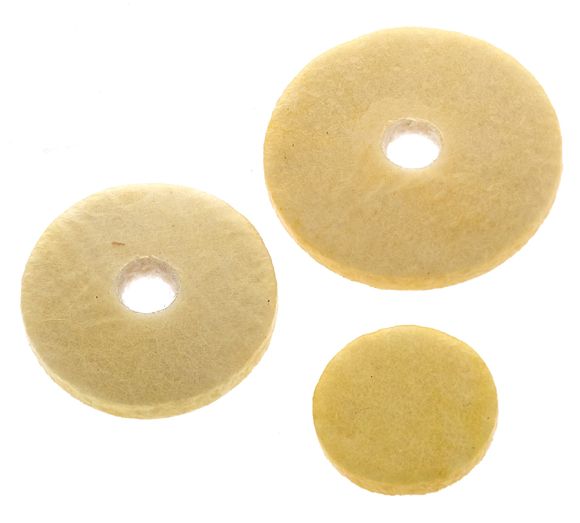6. Open Holes vs Closed Holes
Closed hole Keys

Closed hole Keys
The fingers operate the keys, but the hole itself is closed by the key.
Open hole Keys

Open hole Keys
...are also called ring key flutes. In a ring key flute, five of the holes in the middle are open. The holes are closed with the fingertips.
Most pros play ring key flutes, but it's not mandatory. The ring key flute has the advantage that the flutist feels the airflow in their fingertips, allowing for better correction. Moreover, an open key system demands more precise finger technique, which, in turn, benefits accurate flute playing. The grip possibilities are also much more flexible. Open keys enable numerous additional grips and effects like glissando, multiphonics, and microintervals (intervals smaller than a half-tone), which are especially helpful in playing contemporary music and are frequently demanded by composers.

Key Pads with Felt Discs
To properly seal the keys, the key pads have soft pads on the inside. These consist of felt discs covered with a thin fleece.

Felt Discs
Most flutes have thirteen large and three small tone holes. The smaller ones are closest to the headjoint. Most tone holes are closed by the fingers while playing. Four keys are closed when at rest. To open them, you use a lever.
The flute has sixteen keys, but we only have nine fingers. How does that work? For some notes, multiple keys are closed even when only one key is pressed down. Additionally, there are trill keys operated by the right hand.






